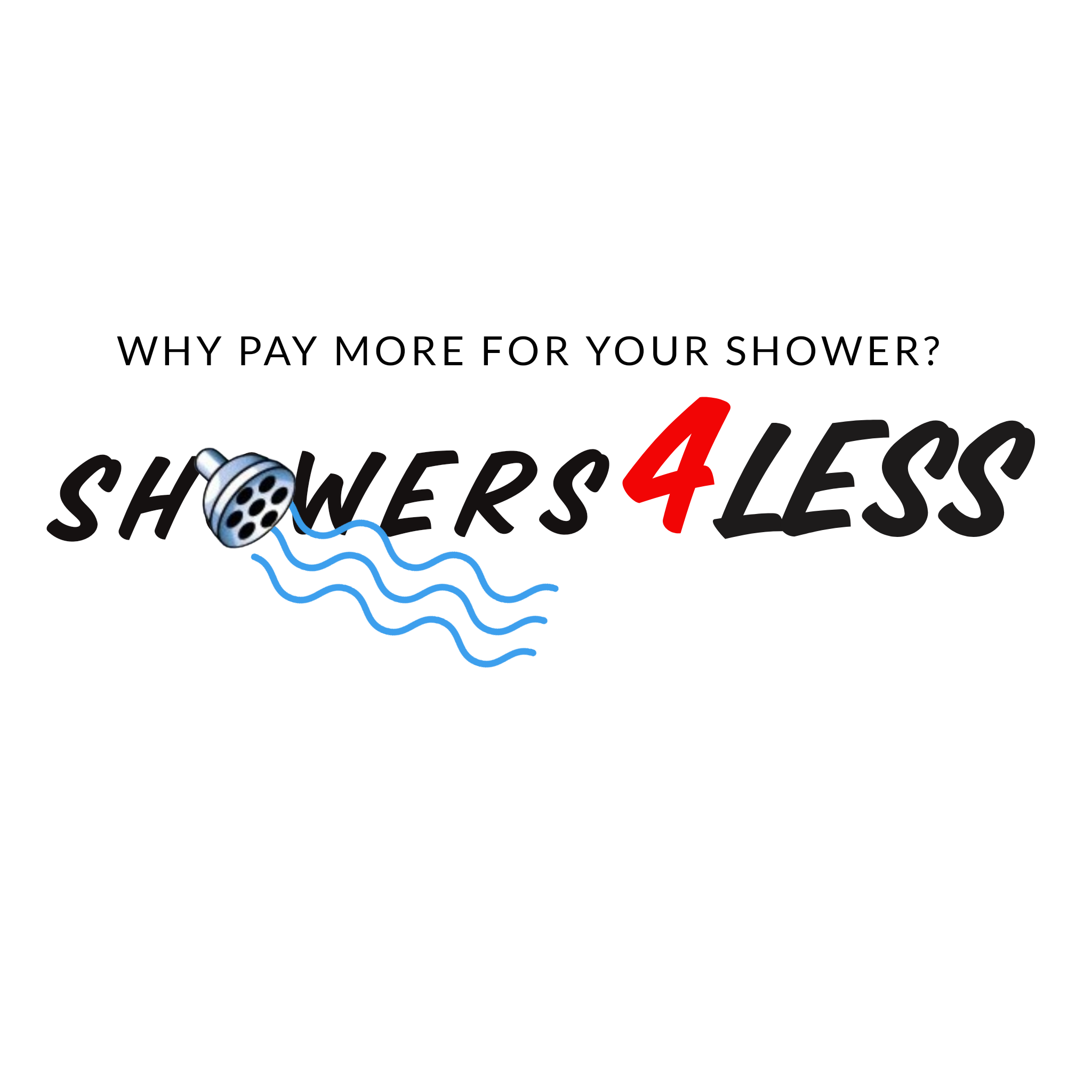Barrier-Free and ADA-Compliant Showers: A Comprehensive Guide for Seniors and Caregivers
As individuals age, maintaining independence and ensuring safety become paramount, especially in spaces like the bathroom where slips and falls are prevalent. Barrier-free and ADA-compliant showers are designed to address these concerns, offering accessible, safe, and comfortable bathing solutions for seniors and individuals with disabilities. This comprehensive guide delves into the essential features, benefits, and considerations of these specialized showers, providing valuable insights for seniors, caregivers, and home renovators.
Call toll free 1-888-779-2284 to speak with a ADA compliant shower specialist.
Understanding Barrier-Free and ADA-Compliant Showers
Barrier-Free Showers: These showers eliminate obstacles such as curbs or steps, allowing for easy entry and exit without tripping hazards. Ideal for individuals using walkers, wheelchairs, or those with limited mobility, barrier-free showers provide a seamless transition from the bathroom floor into the shower area.(Better Homes & Gardens)
ADA-Compliant Showers: Designed to meet the standards set by the Americans with Disabilities Act (ADA), these showers ensure accessibility for individuals with disabilities. Key features include adequate turning space, grab bars, and accessible controls, promoting safety and independence.
Both barrier-free and ADA-compliant showers are crucial for seniors, promoting independence and reducing the risk of falls.
Essential Features for Seniors
1. Low-Threshold or Curbless Entries
A low-threshold or curbless entry minimizes the height one needs to step over, reducing the risk of tripping. This feature is particularly beneficial for individuals using walkers or wheelchairs. Proper installation is essential to ensure effective drainage and prevent water spillage. (Better Homes & Gardens)
2. Spacious Dimensions
Adequate space allows for movement within the shower, accommodating caregivers and mobility aids. Standard ADA guidelines recommend a minimum of 60 inches in diameter for a turning radius. This ensures that individuals can maneuver comfortably without obstruction.
3. Handheld Showerheads with Adjustable Wands
Handheld showerheads provide flexibility, enabling users to shower while seated or standing. Adjustable wands on slider bars allow for customization of water flow and direction, enhancing comfort and accessibility. These features are particularly beneficial for individuals with limited mobility.(The Spruce)
4. Built-in Shower Seats
Incorporating a built-in, fold-down, or removable shower seat offers a safe resting place, reducing fatigue and the risk of falls. Materials like teak or slip-resistant plastic are ideal for wet environments. Proper installation ensures that the seat can support the user's weight and withstand the humid bathroom conditions.(Better Homes & Gardens)
5. Grab Bars and Support Rails
Strategically placed grab bars provide stability when entering, exiting, or moving within the shower. Ensure they are securely anchored and have non-slip grips. It's crucial to install grab bars at appropriate heights and locations to offer maximum support. (Senior Stride Academy)
6. Non-Slip Flooring
Slip-resistant tiles or vinyl flooring enhance traction, preventing slips. Regular maintenance is essential to keep these surfaces effective. Consider materials that are easy to clean and resistant to mold and mildew.
7. Proper Lighting
Adequate lighting is crucial for visibility. Consider motion-sensor lights to illuminate the shower area automatically. Ensure that all areas, including pathways leading to the bathroom, are well-lit to prevent accidents.
8. Easy-to-Use Controls
Lever-style faucets and controls are easier to operate for individuals with limited dexterity. Ensure they are within reach and clearly labeled. Consider installing temperature controls that prevent scalding by limiting the maximum water temperature.
Fall Prevention Strategies
Falls are a significant concern for seniors, especially in the bathroom. Implementing the following strategies can mitigate risks:
-
Install Grab Bars: Place them inside and outside the shower, near the toilet, and along walls where extra support may be needed. (Senior Stride Academy)
-
Use Shower Chairs or Benches: These provide a stable seating option, reducing the need to stand for extended periods. Ensure they are slip-resistant and can support the user's weight. (BrightStar Care)
-
Ensure Proper Lighting: Well-lit paths to the bathroom prevent tripping on the way. Motion-sensing night lights placed in the bathroom provide better visibility.
-
Maintain Dry Floors: Use non-slip mats inside and outside the shower to prevent slipping. Ensure the bathroom floor is dry to avoid accidents.
-
Remove Clutter: Keep the bathroom free of unnecessary items that could cause tripping hazards. Organize toiletries and cleaning supplies to ensure they are within easy reach. (Senior Advisor)
Warranty and Maintenance Considerations
When selecting a barrier-free or ADA-compliant shower, consider the following:
-
Warranty: Opt for products with comprehensive warranties to ensure long-term reliability. Check for coverage on materials, labor, and potential defects.
-
Maintenance: Choose materials that are easy to clean and maintain, reducing the risk of mold and mildew. Regularly inspect grab bars, shower seats, and other fixtures for wear and tear.
-
Professional Installation: Ensure the shower is installed by professionals to meet safety standards and manufacturer guidelines. Proper installation is crucial for the effectiveness and longevity of the shower features.
Additional Considerations for Caregivers
Caregivers play a vital role in ensuring the safety and well-being of seniors. Here are some additional tips to enhance bathroom safety.
Call toll free 1-888-779-2284 to speak with an ADA compliant shower specialist.

